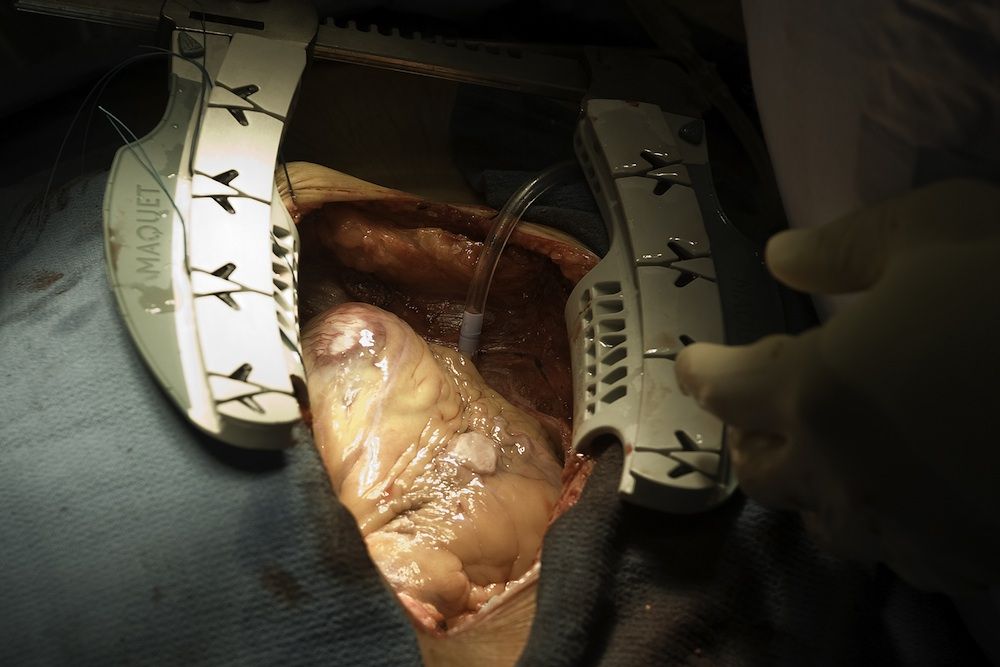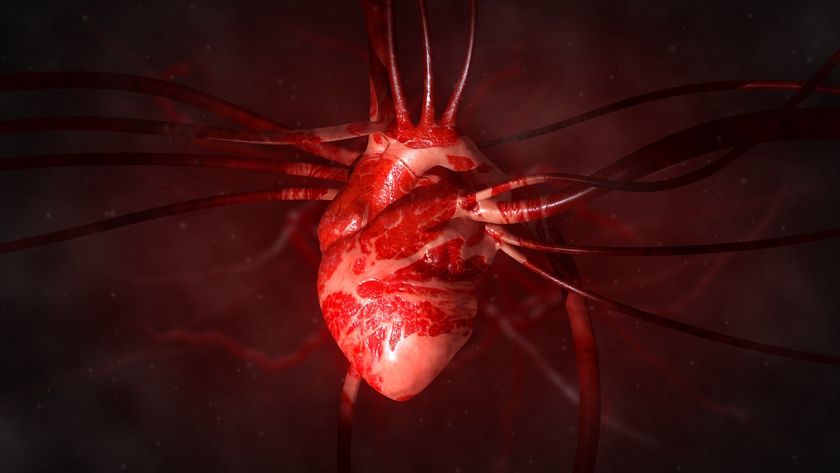
Bush Heart Procedure Highlights Need for Prevention (Op-Ed)

Dr. Suzanne Steinbaum is a preventive cardiologist at Lenox Hill Hospital in N.Y., a spokeswoman for the American Heart Association andauthor of"Dr. Suzanne Steinbaum's Heart Book: Every Woman's Guide to a Heart-Healthy Life" (Penguin Group, 2013). Shecontributed this article to Expert Voices: Op-Ed & Insights.
As the news media reported this week on former President George W. Bush undergoing a stent implantation in a coronary artery — repairing damage illuminated by an abnormal stress test — the United States is, yet again, reminded of the prevalence and the nature of heart disease .
Oftentimes, when people hear of someone having a "sudden" heart attack or being diagnosed with severe blockages of the artery — atherosclerosis — there is the assumption that those outcomes were unexpected or not on the horizon. The truth is that everyone with a heart is at risk for heart disease.
Heart disease is the No. 1 killer of all Americans, and it is not as unexpected or unpredictable as it seems. Eighty to 90 percent of the time, heart disease develops from lifestyle issues such as high blood pressure, high cholesterol, diabetes, smoking, stress and a sedentary lifestyle. In those people with a family history, the risk increases.
The disease often takes decades to develop, and during times of living with particularly unhealthy habits or under enormous stress, the rate of disease development may increase. I am often reminded of the sudden loss of broadcast journalist Tim Russert before the presidential election, when he had a sudden heart attack that took his life. Was it his lifestyle at the time, or the stress of his job? Probably both, but physicians know that heart disease does not come from nowhere. It is simply a product of how people choose to live their lives, and the management of the risk factors that lead to plaque development, or rupture, which is what causes sudden cardiac death. Heart disease is about diet and exercise, and then medications to control blood pressure, cholesterol and sugars to keep the cardiovascular system all in check.
In some ways, Bush was lucky. His diagnosis was made before a heart attack, or an unpredicted cardiac event. He gets a chance and an opportunity to focus on his lifestyle, and to manage his risk factors. Lifestyle choices such as diet and exercise will be a part of this regimen, as well as medications to keep the stent open and healthy. The stent allows for blood flow through the artery, but it is not a cure for atherosclerosis. Although a relatively simple procedure, it is more like a Band-Aid than an overall solution.
Let his experience serve as a reminder: Heart disease results from lifestyle choices, and atherosclerosis takes time to develop, so it is never too late to start. The next phase for Bush is prevention, as it should be for all of us.
Sign up for the Live Science daily newsletter now
Get the world’s most fascinating discoveries delivered straight to your inbox.
The views expressed are those of the author and do not necessarily reflect the views of the publisher. This article was originally published on LiveScience.com.












